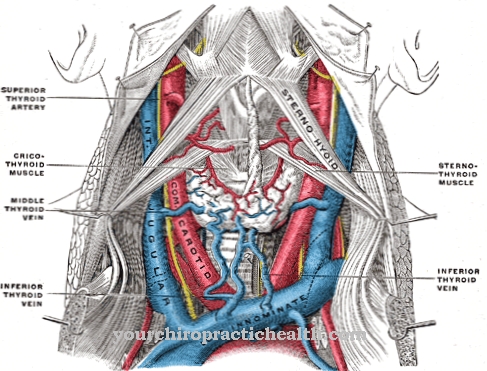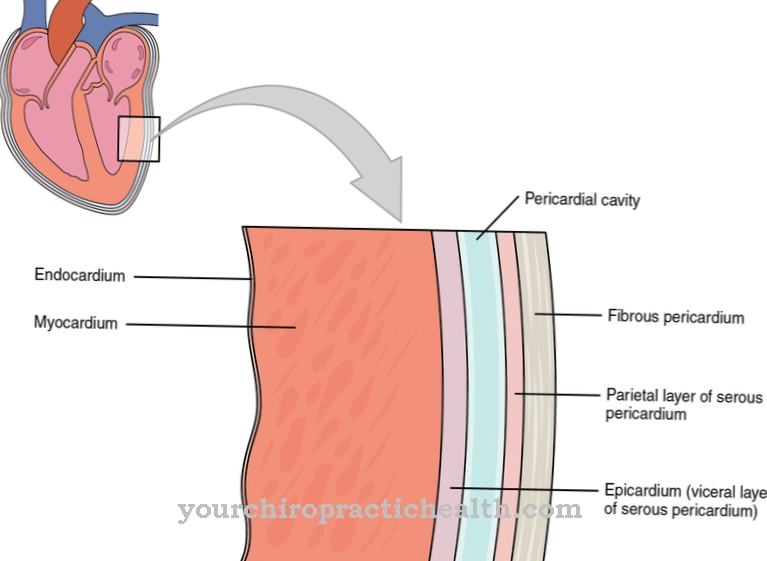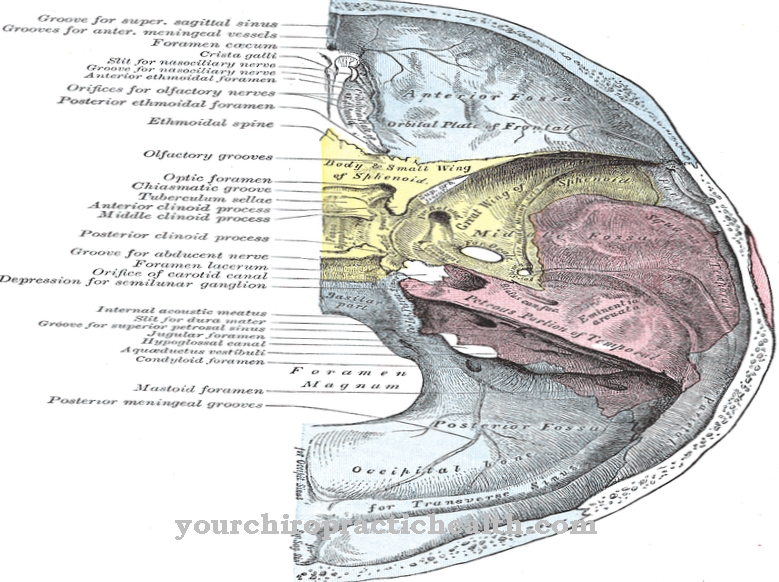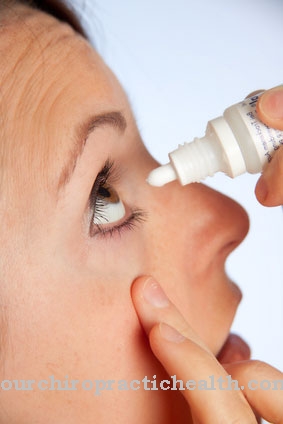Breathing is one of the most important processes in the human body. Although it is processed through the lungs so that it can run optimally, it is the function of Respiratory muscles significant. Complaints can cause limitations.
What are the respiratory muscles?
The respiratory muscles include several muscles that are located in the region of the chest. In general, they help the chest to narrow and expand. In this way the foundations of functioning breathing are laid. The diaphragm is particularly relevant for the process of inhaling or exhaling. Furthermore, muscle fibers of the respiratory muscles can be found in the stomach, back and chest.
The explicit use of the different muscles results in differences that emerge depending on the breathing technique used. Basically, a distinction is made between abdominal and chest breathing. Inhaling can increasingly be understood as an active process, while exhaling is passive. In the case of disorders of the respiratory muscles, the consequences may be more severe. These mainly result from an insufficient supply of oxygen to the body. The respiratory muscles can be controlled arbitrarily, but most of the time they are regulated by impulses from the brain.
Anatomy & structure
The diaphragm, in particular, is at the center of the respiratory muscles. This is less of a classic muscle and more of a specific plate made up of muscle fibers and tendons. The diaphragm in the human body is about 3 to 5 millimeters thick. It is a kind of partition between the chest and abdominal cavity. The diaphragm is also known as the engine of abdominal and chest breathing. The name results mainly from the performance of the diaphragm.
Overall, the tissue manages to do around 60 to 80 percent of the muscular work required for inhalation. The diaphragm is part of the inspiratory breathing muscles. Furthermore, a differentiation is made between the expiratory muscles and the helping muscle strands during inhalation and exhalation. During inhalation, the auxiliary respiratory muscles support the process, most of which are located in the bony area of the chest.
The muscle fibers are mainly used when breathing activity increases during exercise. The intercostal muscles, the thoracic muscles and the subcostal muscles are included in the expiratory muscles. Muscles in your stomach and back help you breathe out.
Function & tasks
The task of the respiratory muscles is to enable the process of inhaling and exhaling at all. In this way, oxygen can enter the lungs at regular intervals, causing a gas exchange to take place. The fresh oxygen is then transported to the individual cells via the blood cells. The process itself begins with a shortening of the diaphragm by up to 35 percent. The normally bulging position of the tendon-muscle plate is now flattened.
In cooperation with the other structures, the result is an enlarged chest. At the same time, there is a negative pressure in the region of the pleural space, which is located between the pleura and the pleura. In this way, the lungs expand, the organ is flooded with air. During inhalation, the respiratory muscles are in an active state in which muscle contractions can be observed. The exhalation usually takes place on the basis of passive processes. The tense muscles relax, creating a flow of air that is directed outwards. This is how the air gets out of the body.
Active involvement of the respiratory muscles usually only occurs during lung emptying if a patient has certain medical conditions. The respiratory muscles thus ensure that the rib cage narrows and widens as part of various processes. It thus provides the basis for filling and emptying the lungs. The process of inhaling and exhaling would not be possible without the respiratory muscles. The structures are therefore an important element in the human body.
You can find your medication here
➔ Medication for shortness of breath and lung problemsDiseases
As with all structures in the human body, the respiratory muscles can also be affected by various diseases and cause discomfort. Because restricted breathing usually always causes symptoms, it is important that those affected see a doctor early for treatment. For example, muscle weakness or paralysis in the respiratory muscles is possible. Such phenomena are caused, among other things, by poliomyelitis.
In most regions in Germany, the pathogen was successfully fought by vaccinations. As part of the disease, muscle wasting is sometimes diagnosed in addition to paralysis. Furthermore, an overactive thyroid, regular excessive alcohol consumption or some medications are possible causes for similar symptoms. For treatment, additional ventilation is often recommended to ensure gas exchange. In addition, diaphragmatic paralysis cannot be ruled out. This is usually only noticeable on one side. It can be congenital or develop later in life due to a tumor or a viral disease. Those affected mainly suffer from shortness of breath.
If the symptoms do not resolve on their own, surgery, for example, can help. Pain when breathing can often be traced back to tension in the muscles. The first signs of insufficient oxygen supply are tiredness, muscle weakness, discoloration of the skin and impaired consciousness. As soon as a symptom is perceived that can be traced back to the respiratory muscles, a doctor should be consulted to prevent further symptoms.
















.jpg)
.jpg)



.jpg)






